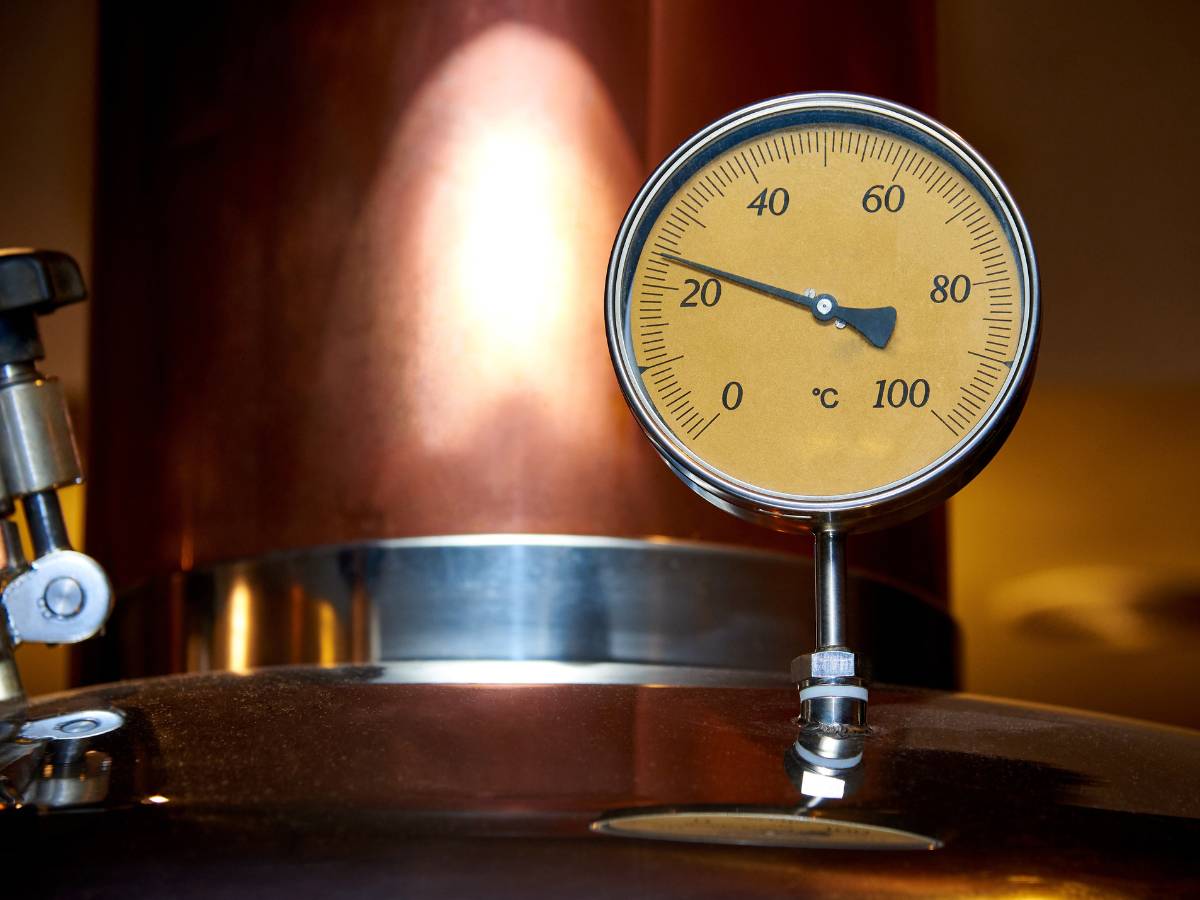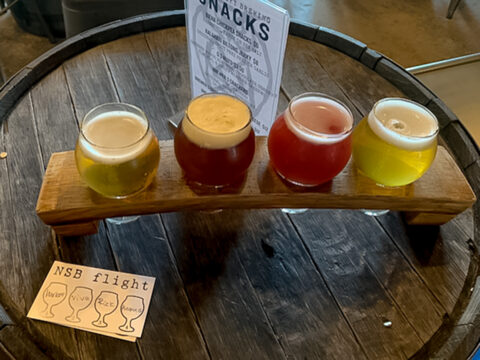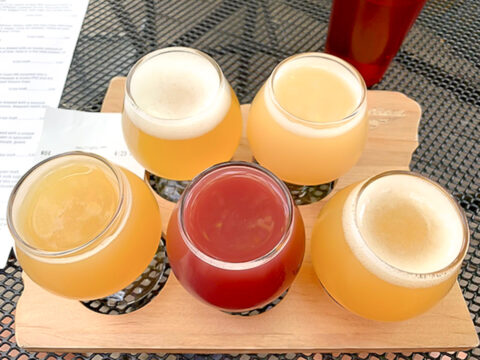
When brewing from home, one of the biggest challenges is keeping your wort at a desired temperature for the duration of the fermentation process. While it can be a challenge without specialised equipment, it is important as fermentation temperature plays a crucial role in determining the flavour, aroma, and overall profile of the finished beer. Different temperatures can influence several variables during fermentation, including yeast activity, the rate of fermentation, and the types of flavour compounds produced. Here are some ways that temperature can influence your brew
1. Yeast Activity
At low temperatures ( 12°C and below) you’ll typically see much slower fermentation as the yeast activity is sluggish. This results in longer fermentation times and fewer unwanted by-products, which can result in a cleaner flavour profile. However, if the temperature is too low, the yeast may go dormant, resulting in stuck fermentation.
At optimal temperatures (12-22°C depending on the yeast strain) you’ll get a balanced fermentation where you’re much more likely to achieve the flavours and aromas typical of the beer style you’re brewing. At optimal temperatures, you will achieve a healthy fermentation which reduces the risk of off-flavours.
At high temperatures (above 22°C) you will get increased yeast activity resulting in a faster fermentation. While this might seem desirable it will likely lead to the production of unwanted by-products such as fusel alcohols and esters, which can contribute off-flavours and aromas to your beer. High temperatures can also cause your beer to become infected as it facilitates the growth of unwanted microbes.
2. Flavour and Aroma Profile
Esters and Phenols: Different temperatures can influence the production of esters and phenols, which contribute fruity and spicy notes, respectively, to the beer. Higher temperatures usually promote increased production of these compounds.
Diacetyl: Lower fermentation temperatures can sometimes result in increased diacetyl, a compound with a buttery flavour, which is generally considered an off-flavour in beer.
Alcohol Heat: High fermentation temperatures can produce higher amounts of fusel alcohols which contribute a harsh “alcohol heat” to the beer.
3. Carbonation
Carbonation Level: The carbonation level in the beer can also be influenced by the fermentation temperature. Generally, higher temperatures result in higher carbonation levels, as yeast activity is increased.
4. Specific Styles
Different beer styles may require specific fermentation temperature ranges to achieve the desired characteristics. For instance:
Lagers are generally fermented at lower temperatures (7-13°C) to achieve clean, crisp flavours.
Ales are typically fermented at higher temperatures (15-22°C) to develop a more complex flavour and aroma profile.
To effectively manage the outcome of your beer, it’s essential to control the fermentation temperature closely and choose a yeast strain that performs well within the desired temperature range.



